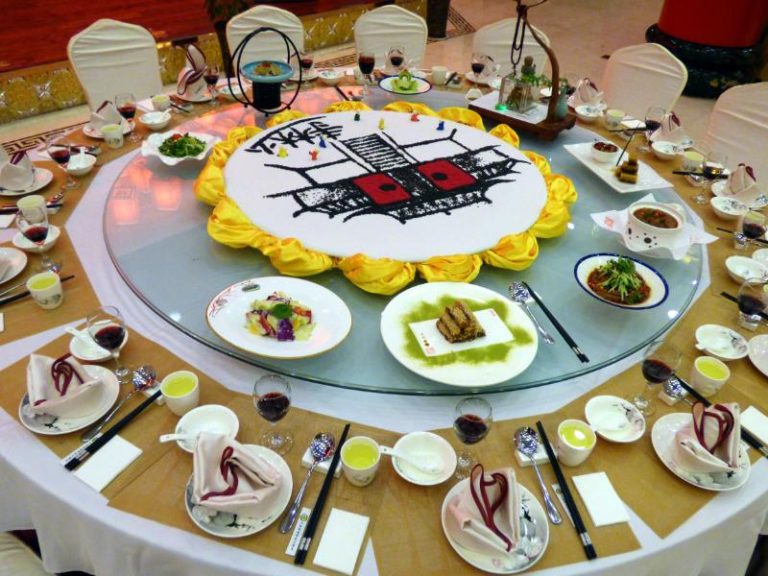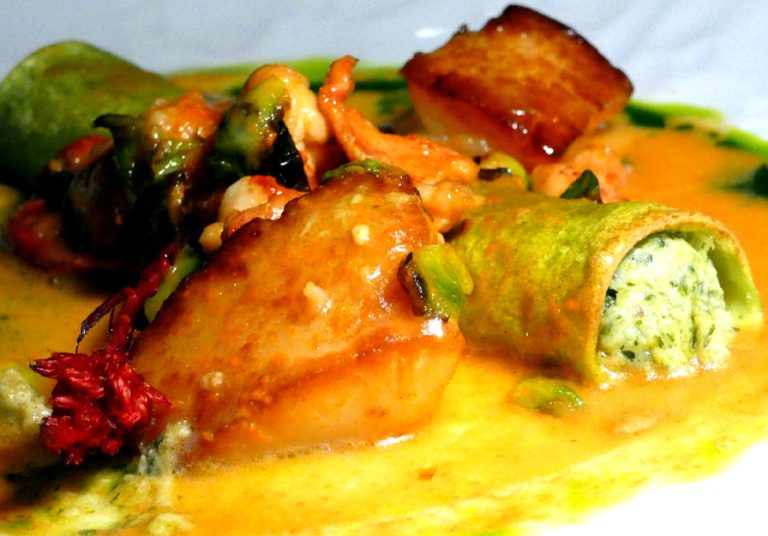Published with permission from LuxuryWeb.com
While traveling globally, it’s clear to see that food etiquette varies greatly across cultures. For instance, most of us were raised with the idea that finishing your plate is respectful. But, in places like China and some Arab nations, this could suggest your host didn’t provide enough food, which is viewed negatively. That’s why, in Chinese meals, soup is usually served last to ensure you’re full.
Contrastingly, in India, eating all your food compliments your host, showing that you enjoyed your meal. You don’t need to sample every dish, but whatever is on your plate should be eaten. Japan shares a similar approach, mainly motivated by their “waste not, want not” mentality.
However, in Europe and South America, it’s polite to leave a bit of food on your plate to signal that you’re satisfied with the meal your host provided. Utensils should be handled correctly; avoid using them like shovels, and don’t eat from the tip of the knife.
Here are dining etiquettes to follow when traveling across the world:
Africa and the Middle East
Success
You are now signed up for our newsletter
Success
Check your email to complete sign up
Regions like the Eastern Mediterranean, Africa, and the Middle East have unique customs. Many African and some Arab cultures use pieces of flatbread to scoop up food from a communal pot in the center of the table, or the host serves the food onto the flatbread on the plate. Popular African flatbreads include Injera from Ethiopia and Eritrea, and khobza medfouna from Morocco’s Atlas Mountains; Khobz f’tir is a traditional Algerian flatbread commonly used.
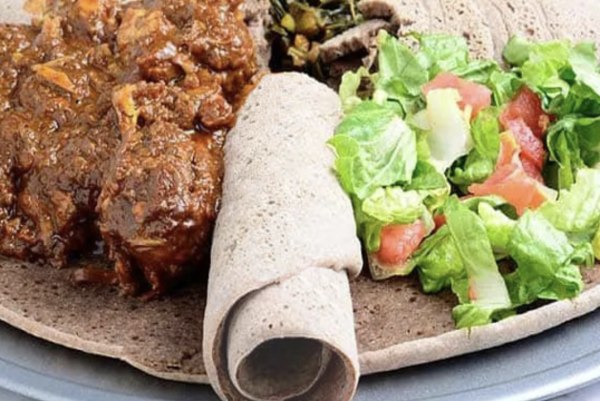
In many Arab regions, it’s customary to bring food to your mouth using the right hand’s fingers. Only the first three fingers of the right hand should be used to pick up food, never the left hand, as it’s traditionally used for personal hygiene and thus viewed as “unclean.” This practice extends even to left-handed individuals.
Common furnishings in many African and Arab regions include floor cushions and low tables. Showing the sole of your foot or touching someone with your shoe is considered extremely disrespectful. Keeping your feet firmly on the ground when seated on a chair or couch is vital, or if seated on cushions, keep your feet tucked under you and covered.

In the Middle East, personal and professional lives aren’t distinct. Business dealings often revolve around personal relationships, trust, honor, family or friendship ties. If offered tea or coffee in a shop or other business setting, always accept it to avoid causing offense. However, it’s respectful to initially refuse before finally accepting. Once you accept, take your time savoring the drink, indicating your enjoyment of the host’s company.
Italy and the Mediterranean
In the Eastern Mediterranean, specifically Greece and Turkey, and parts of North Africa, visits often involve an offering of a demitasse of coffee or strong tea, followed by a sweet treat. During summer, you might be offered a cold beverage instead, such as “visinada” which is a sour cherry syrup diluted in ice-cold water, or “soumada,” an almond milk-based cold drink. In Turkey, you might also be offered “ayran,” a lightly salty yogurt drink diluted with ice-cold water.
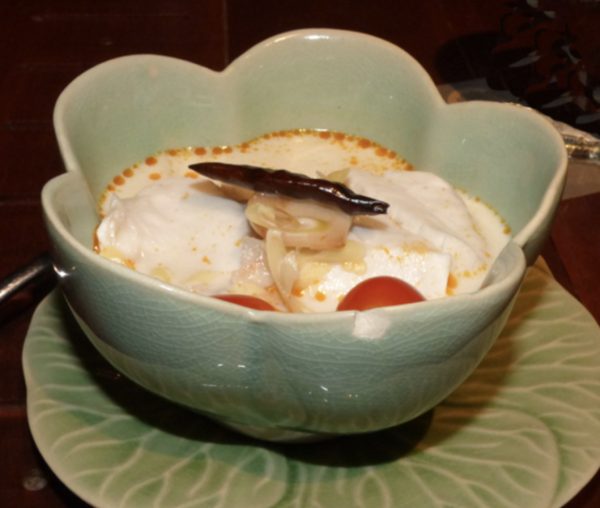
When invited to someone’s home, bringing a small gift for the host or hostess is appropriate. A memento from your home country can initiate conversations, but chocolates or flowers are also acceptable.
Before and after meals, always wash your hands thoroughly. If dining with a traditional Arab family, always remember to remove your shoes when entering the home.
Some traditional Arab families may accept licking one’s fingers after a meal. Follow the cues of your host and their family!
Hospitality is deeply valued throughout the Mediterranean, the Middle East, and Asia. The Ottoman-influenced regions still hold beliefs such as the “evil eye,” a malevolent glance believed to bring misfortune or harm. This belief is symbolized by blue glass beads, often worn around the necks of women, children, or animals to ward off the evil eye. Other amulets include the hamsa, a palm-shaped piece of jewelry that represents protection, and is common throughout the Middle East and North Africa.

At the dining table, food should be passed to the right. If you initiate the passing, first offer to the person on your left, then serve yourself, and finally pass to the right.
If dining in Italy, avoid ordering coffee with your meal, especially a cappuccino. Water and wine are considered appropriate accompanying beverages. If you’re a vegetarian or vegan, ensure you select a suitable restaurant, or if invited to someone’s home, verify their dietary preferences align with yours. Refusing a meat offering is seen as disrespectful, so if your hosts don’t share your dietary preferences, find a polite excuse to avoid dining with them.

China
In China, it’s customary to blend in with the local way of life — and that includes the dining culture. Sharing meals and hosting formal dinners plays a significant role in strengthening relationships and conducting business in China. The Chinese revere their cuisine and regard eating as a significant aspect to bond and share experiences with one another. Unlike the typical “How are you?” greeting in many cultures, the Chinese prefer to ask, “Have you eaten?” to signal that they care about your wellbeing.
China is well-known for its hospitality, and hosting duties are taken very seriously. A successful meal often includes a generous amount of food and drink, particularly when entertaining guests. In Chinese restaurants, meals are typically shared, and large tables often feature a Lazy Susan turntable in the middle to make serving easier. Chopsticks are used instead of fingers, and bowls are more commonly used for eating while plates and platters are for serving.
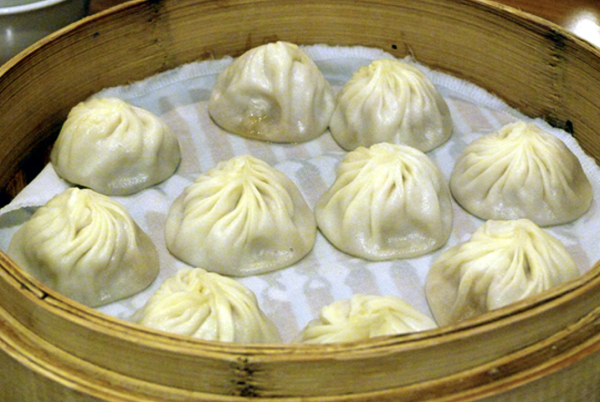
Certain etiquette rules involve chopsticks: it’s considered bad luck to stick them vertically into your rice bowl, which resembles a funeral ritual. Waving chopsticks around, pointing them at others, or using them to spear food are all considered impolite. Likewise, using chopsticks that have touched your mouth to pick food from communal dishes is seen as inconsiderate. Serving spoons or separate chopsticks are provided for this purpose.
Toasts are a crucial element of a Chinese banquet. They often involve consuming considerable amounts of alcohol, followed by the encouragement to “Ganbei” or finish your glass. The custom is to refill your glass immediately after each toast, ready for the next one.
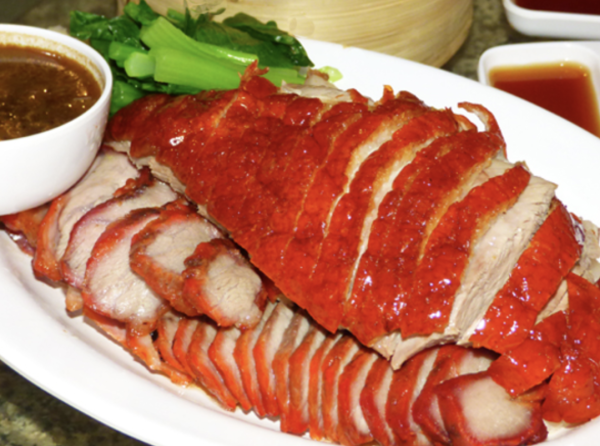
At the start of a meal, you’ll be provided with a bowl of warm water for washing your fingers and utensils – remember, this is not for drinking! Ordering local specialties, such as Peking Duck in Beijing, is seen as good manners. Lastly, tea is central to a Chinese dinner and you’re expected to express gratitude when served. Splitting the bill, however, is uncommon in China.
India
In India, hospitality is a deeply ingrained tradition. Don’t be surprised if a casual visit to an Indian friend leads to an unexpected invitation to join a meal. This is seen as a gesture of respect and honor, so it’s always graciously received.
As for punctuality, the Indian concept of time can be a bit different from the West. If you’re invited to a dinner, it’s completely acceptable, even appreciated, to arrive 15 to 20 minutes past the scheduled time. Showing up right on time or early might catch your hosts off-guard, as they could still be busy with meal preparations.

Indian homes often revolve around the homemaker, who meticulously organizes and serves the meals. They’re observant and attentive, ensuring that everyone at the table has what they need and offering to bring more food as required. This makes the dining experience feel more familial and caring.
One interesting facet of Indian dining is the absence of “courses” as known in Western cultures. Instead of sequential servings, all the dishes are laid out on the table simultaneously. This allows everyone to mix and match their food according to their taste. The serving styles can differ depending on the region in India, reflecting the country’s rich cultural diversity. Dishes are typically presented on large platters and the homemaker may serve you, or in some casual settings, you may serve yourself.
At the end of the meal, it’s essential to compliment your hosts on the food. Since preparing meals in Indian culture often involves considerable effort and care, your appreciation serves as a kind acknowledgment of the hosts’ hard work and hospitality. This simple gesture can go a long way in building relationships.
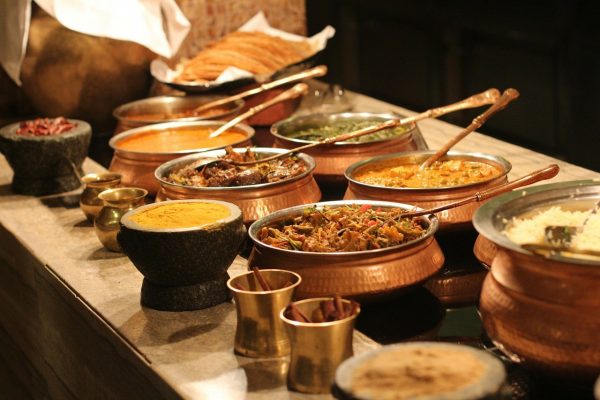
Bear in mind that Indian dining customs can differ significantly between regions due to the vast cultural diversity. For instance, in South India, meals are often served on a banana leaf, while in the North, thalis (round platters) are commonly used. In some areas, people prefer to eat with their hands rather than utensils, believing that this enhances the sensory experience of the meal. However, this practice is more common with traditional Indian foods and less so with dishes that have been influenced by other cultures.
South America and the Spanish-influenced world
South Americans and the Spanish have a unique meal schedule, eating three main meals and one or two snacks a day. Dinner times can be quite late, typically between 9 pm and midnight. Specific etiquettes such as pouring wine with your right hand and holding the bottle in the middle or top is a mark of respect to your dining companions.
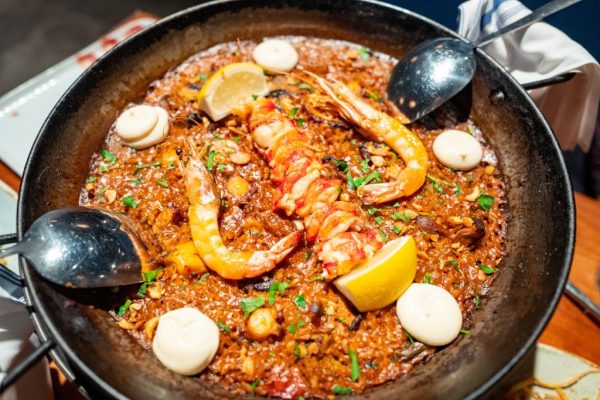
In South America, interactions can be more physically affectionate than in other parts of the world. Also, dressing smartly for social occasions and showing respect to the elderly are important. Wait for the host or hostess to guide you to your seat, and let older guests be seated and served first.
These are just a handful of the varied dining customs around the world that I’ve experienced throughout my travels. Every culture has its unique requirements, so it’s always wise to familiarize yourself before you travel. This will certainly enhance your overall experience.
Visit LuxuryWeb.com to see the original article, and more.



